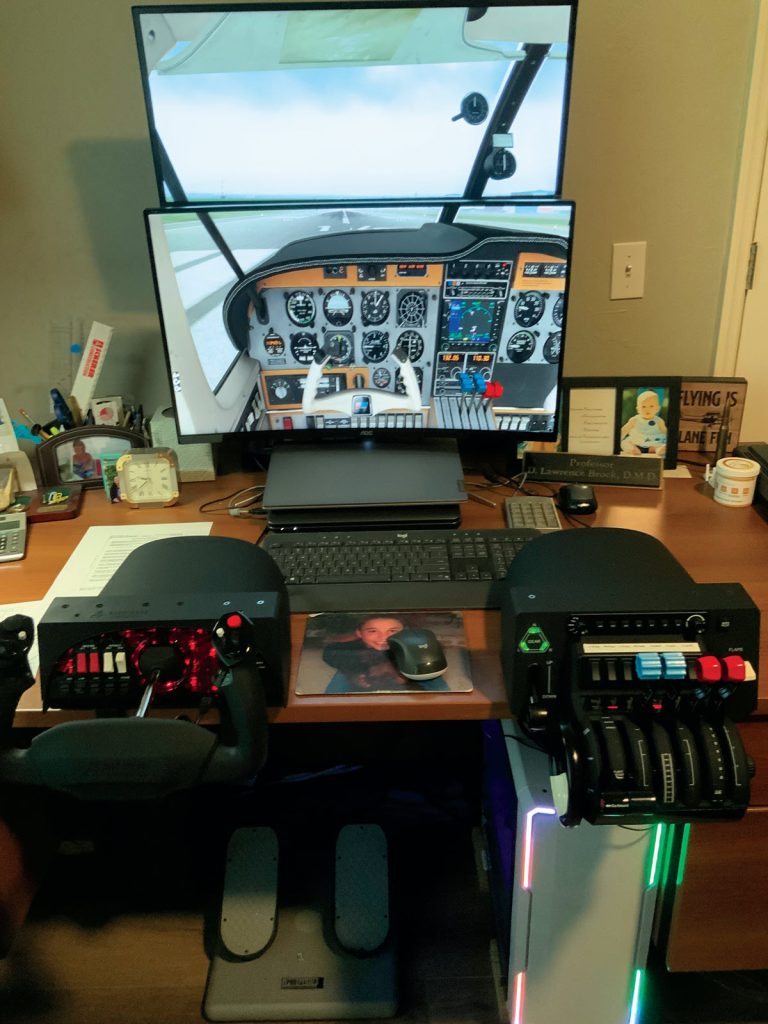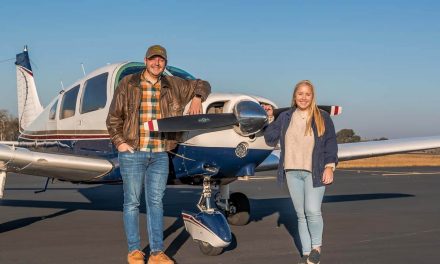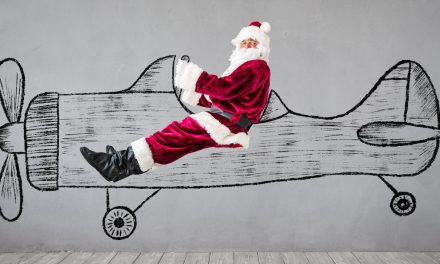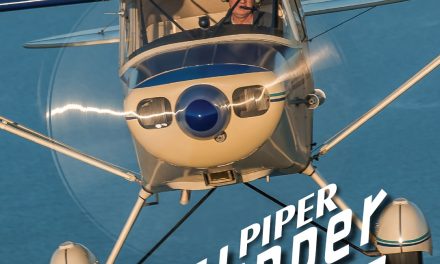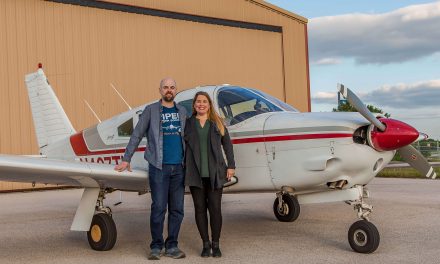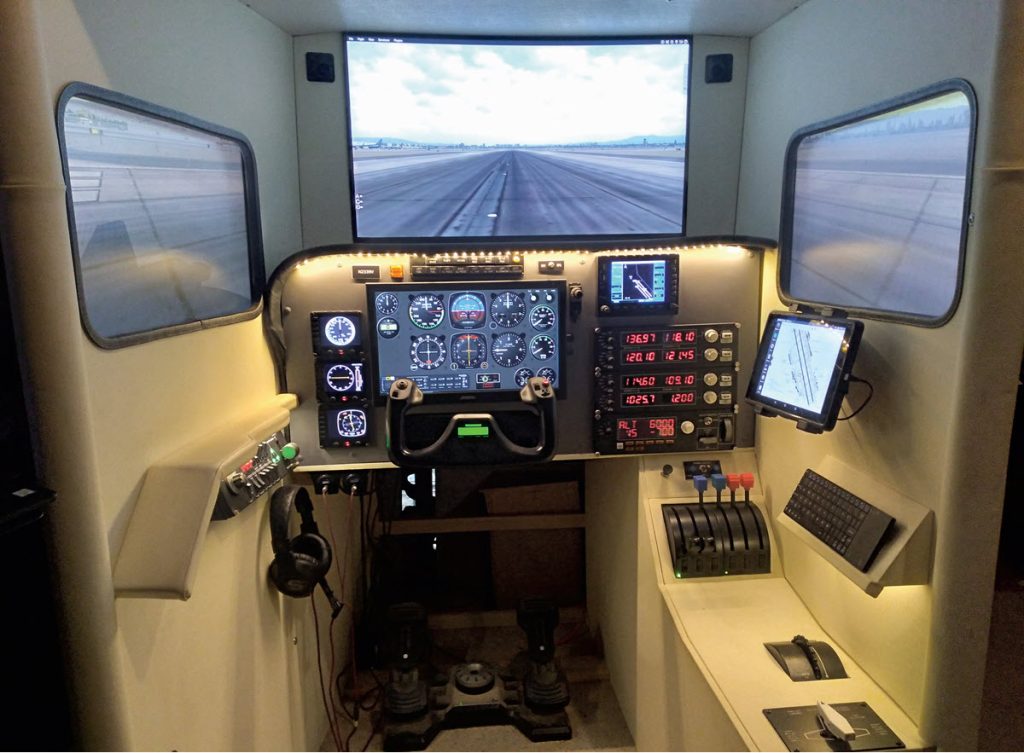
Flight simulators have been widely used for many years, from desktop recreational use through high-end commercial pilot training. Microsoft Flight Simulator hit the market in 1982 and has been an industry leader for the general public since then and continues to be a favorite for general aviation pilots.
Over the years, companies have introduced increasingly sophisticated flight simulator technology for GA and commercial pilots. In commercial aviation, the FAA classifies simulators as full flight simulators (FFS) or flight training devices (FTD).
General aviation pilots can use home or flight school simulators for general training and maintaining proficiency. Some GA simulators even meet FAA requirements for logging legally recognized flight time. They’re classified as basic aviation training devices (BATDs) and advanced aviation training devices (AATDs). Because of the costs involved, BATDs are generally used in home setups, while AATDs are typically used by flight schools, although some GA pilots are willing to invest in AATDs for home use.
Simulator Integration, Fidelity, and Cost
Flight simulators are a collection of physical hardware components and computer software that must be compatible and integrated into a consistently reliable system in all flight functions and parameters. Whether the system is created by a commercial vendor or home enthusiast, the fidelity of a sim (its ability to faithfully reproduce flight characteristics and avionics performance) will depend on the effectiveness of the integration. Matching aircraft response to actual physical control movements, reproducing all avionics functions, and adding control force feedback or motion all contribute to the fidelity/cost equation.
—Mike Jones
FAA Advisory Circular AC 61-136B provides guidance for BATDs and AATDs under 14 CFR, Part 61.4(c). The advisory covers requirements for manufacturer approval and for individuals using these devices for pilot training and experience. This advisory applies only to the evaluation and use of BATDs and AATDs, not to the FFS and FTD simulators used for commercial pilot training under 14 CFR part 60. The advisory includes a downloadable PDF listing the various current approved BATD and AATD simulator manufacturers, simulator names, and approved aircraft configurations.
Following are the results received from the member survey on flight simulators. Because of space restrictions, not all comments were included.
Microsoft Flight Simulator X
What are the pros of your system?
MSFS works best with VR, considering I only have a dual-screen setup. Graphics are phenomenal and plane performance is accurate. Third-party concepts and aircraft meld perfectly. The Honeycomb yoke feels authentic and Logitech throttle controls and rudder pedals with top brakes are durable and smooth.
—Jackie Ables, 1975 Cherokee 140
It has fantastic realism with upgradable scenery and a huge variety of aircraft, including a Piper Archer and Arrow. I can fly my airplane everywhere around the world, even though most of my real-world flying is just locally around Ontario, Canada.
—Gerald Murphy, 1965 Cherokee 180C
With the purchase of A2A’s Piper Cherokee 180, I can practice and train in my plane. My desktop computer allows 50-90 frames per second for FSX and 40 to 50 FPS on MSFS 2020. I use the Honeycomb yoke, Logitech rudder pedals, and Saitek Alpha throttle quadrant. All this is mounted on the Turtle Beach mount. I have had all versions of Microsoft Flight Simulator since it first came out in 1982.
—Dean Fawley Sr., 1969 PA-28-180
We use the Gleim simulator for training; it follows the syllabus for flight instruction. It’s great when weather keeps you on the ground. It’s also great for students to familiarize themselves with what the actual lesson will be. Company support has been super. The pricing of the system and upgrades are very reasonable.
—James Mackay, PA-32-300, PA-28-201RT
What are the cons of your system?
Load times are lengthy and occasional graphics tears when traversing large map areas.
—Jackie Ables, 1975 Cherokee 140
Price was a consideration when buying this simulator, but it wasn’t that big of a deal because it was compatible with much of the controllers and control yokes and pedals that I already had from older systems. I would imagine other systems would be very expensive and still need to add expensive hardware as well.
—Gerald Murphy, 1965 Cherokee 180C
FSX has been running real well without issues since it was installed in 2010. MSFS 2020 has some glitches like having to recalibrate the controls and reassign buttons after all software updates to the title.
The only con is that it’s not a full-motion sim, so the student doesn’t experience the feel in the seat, but the price reflects that, and the student doesn’t know that unless it’s mentioned.
—James Mackay, PA-32-300, PA-28-201RT
What advice would you offer a member who wants to purchase a first flight simulator system or perhaps upgrade to a more advanced one?
Basic is all you need. If you want something genuine, it’s cheaper to rent time and get logged hours.
—Jackie Ables, 1975 Cherokee 140
I think Microsoft Flight Simulator, with a decent control yoke and rudder pedal, is a great way to start out in the world of flight simulation. I find it offers me a great way to review flying when weather or maintenance keeps me away from my real airplane. It also allows me to fly virtual adventures that I would never be able to afford to do with my current flying machine. It’s a great addition to keep yourself current, and a fun way to introduce young members of the family to flying before stepping into the real airplane.
—Gerald Murphy, 1965 Cherokee 180C
In my opinion, a flight simulator is a great training device. I have over 10,000 hours “flying” with them. I was also a controller on the VATSIM network. Training/practicing on a flight simulator will allow a pilot/student to become more proficient as long as the aircraft flight modeling is accurate.
—Dean Fawley Sr., 1969 PA-28-180
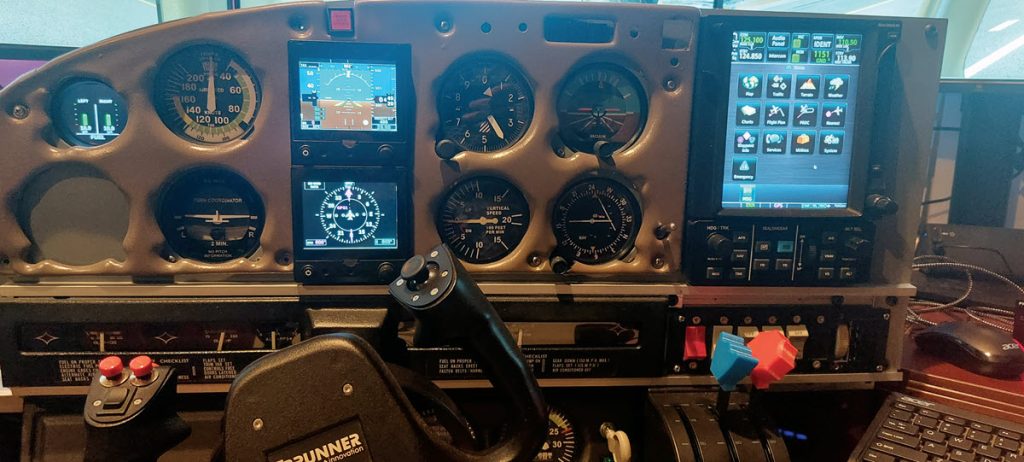
Microsoft Flight Simulator 2020
What are the pros of your system?
It’s great for Garmin GPS practice and “buttonology.” MSFS 2020 has Garmin 430 and 530 and G1000 units.
—Dean Zakos, 1979 PA-28-161
I already had a high-end PC for work that required heavy computing power, so it wasn’t a challenge to run MSFS. I use the sim for various purposes, whether it’s formation flights with my friends, IFR flight plans, or sightseeing — all a great time. I use the Boeing yoke, throttle quadrant by Thrustmaster, and the Logitech rudder. I used the sim when I was learning to fly and to practice flows, reading VFR charts, using VATSIM to talk on the radio, and to pre-fly the local airfields before I actually flew. There is free software that hooks up to ForeFlight so I can see the little blue airplane on the moving map and approach charts.
—Brew R., 1977 PA-28-181
I use a gaming laptop, one wide-angle (38-inch) monitor, and high-quality joystick and rudder pedals. The performance is good, and the system takes very little additional space over a regular monitor and laptop setup. I use this machine for many other things besides flight simming.
—Karol Zadora-Przylecki, 1979 PA-28RT-201T
My system is very close to my real-world Arrow. This let me practice on the ground and build the muscle memory to fly the real Arrow. When I reach for the GTN or GFC 500, it’s right where it is in the real plane. When I glance at oil pressure, oil temp, alternator, or fuel pressure, they’re in the correct places and function the same as the real-world plane.
—Jim Sweetwood, 1977 Piper Arrow
What are the cons of your system?
MSFS 2020 does not have tracking, record, and replay.
—Dean Zakos, 1979 PA-28-161
The price. Also, it’s not motion, so I lose the true stick and rudder feel.
—Brew R., 1977 PA-28-181
Operating the avionics and some systems like thrust reversers can be cumbersome, although the touch-based avionics like Garmin GTN series is really well suited for flight simming, much better than the rotary-knob generation.
—Karol Zadora-Przylecki, 1979 PA-28RT-201T
The only con is the price.
—Jim Sweetwood, 1977 Piper Arrow
What advice would you offer a member
who wants to purchase a first flight simulator system or perhaps upgrade to a more advanced one?
Make sure it has an airplane you fly. Use a control yoke and rudder pedals.
—Dean Zakos, 1979 PA-28-161
For at home use, it’s a relatively inexpensive way to become familiar with flying. There is a company that created a “VFR School” which hooks into MSFS and looks fairly comprehensive. You can learn various trainer aircraft (except Piper Cherokee/Warrior/Arrow, unless purchased), to cut down on ground school. For IFR training, it’s nice to be able to push pause and review the approach plate as opposed to loading and flying a plate for the first time on a busy sky day.
—Brew R., 1977 PA-28-181
Start simple. Use a high-quality joystick, not a yoke. Get high-quality rudder pedals. Accept the fact that the avionics will not be 100% the same as in your airplane; it’s no big deal. Focus on things that a home sim can do really well, like emergency practice, instrument flight practice, or flying to unfamiliar airports in the sim before doing the same thing in the real world.
—Karol Zadora-Przylecki, 1979 PA-28RT-201T
We all started flying to be able to view the world around us. To that end, MSFS 2020 is amazing. You’ll need a fast computer (i9), as much memory as you can get, and a great video card (NVIDIA 3090 Ti or, if you can swing it, a 4090). From there, for controls, you can find deals on eBay that won’t break the bank. After that, you can take this as far as you want. I’m using Simkit gauges, real SimGear GTN, G5, GFC 500, BRUNNER force feedback yoke, real Piper switches, MobliFlight and Arduino Megas to drive oil temp and pressure, amp, and fuel pressure, Saitek throttle quadrant, Thrustmaster rudder pedals, Piper ignition switches, and original plastics for the panel, PilotEdge for ATC, and XMapsy for interfacing to my iPad for FlyQ.
—Jim Sweetwood, 1977 Piper Arrow
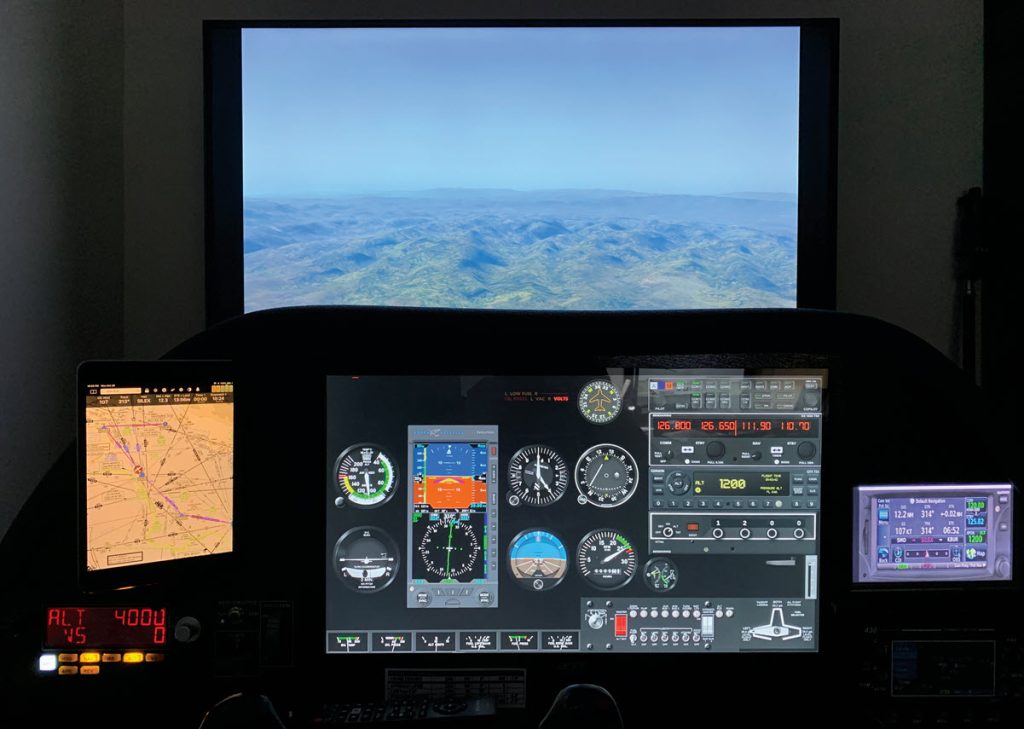
X-Plane 11
The rest of this article can be seen only by paid members who are logged in.Have a website login already? Log in and start reading now.
Never created a website login before? Find your Customer Number (it’s on your mailing label) and register here.
JOIN HERE
Still have questions? Contact us here.

